How leading players systematize lead discovery, scoring, and activation, at scale and lower cost
“In today’s world, where GenAI and AgenticAI dominate the conversation, this is a timely reminder that real value comes from applying AI to solve tangible business problems, not from chasing the latest trend. Predictive AI still holds significant untapped potential for most organizations.” — Arthur du Passage, Partner at Artefact
Companies that operate in fragmented markets face four persistent problems that ultimately cause teams to miss growth opportunities and to accept a higher cost per lead.
- Fragmented demand: with thousands of outlets constantly opening, closing, or changing hands, it’s tough to stay on top of where the real opportunities are.
- Manual prospecting: traditional, door-to-door prospecting slows teams down and makes consistent market coverage nearly impossible.
- Limited capacity: sales representatives and distributors naturally focus on existing accounts, which means a lot of untapped potential goes unnoticed.
- Uneven knowledge: local know-how rarely scales across regions or teams, creating gaps in market intelligence.
A data driven, repeatable system
Combining geospatial data and machine learning models provides a proven, repeatable system: an end-to-end, data- and AI-driven pipeline that identifies, scores, and activates new outlets. The system is built around the below four modular components that work together to drive consistent, scalable results.
Four building blocks
1) Universe extraction with smart Google Maps extraction
We programmatically extract all relevant points of sale (PoS) in the areas of interest. Google Maps API provides rich attributes, such as review counts and ratings, opening hours, payment types, types of services. However, the main limitation of the Google Maps API is that it returns a maximum number of records (20) per call and the pricing model is based on the number of API calls. A brute force approach consists of calling the API at regular intervals across a grid in the areas of interest. However, the choice of the distance of the interval is critical as it directly impacts cost and the ability to extract exhaustively all the relevant points of sales.

Illustration of the grid used for data extraction from Google Maps with a brute force approach
We address this constraint with an adaptive, hexagon‑based tiling strategy inspired by Uber’s Hexagonal Hierarchical Geospatial Indexing System, or H3. We partition the geography into hexagons and recursively subdivide only the tiles that return results at the API cap. When a tile returns fewer than twenty places, we advance to the next tile. When a tile hits the cap, we subdivide it into smaller hexagons and query again. This approach concentrates API calls in high‑density areas and preserves near‑exhaustive coverage while it usually cuts the total number of calls by roughly 90% versus uniform grids.
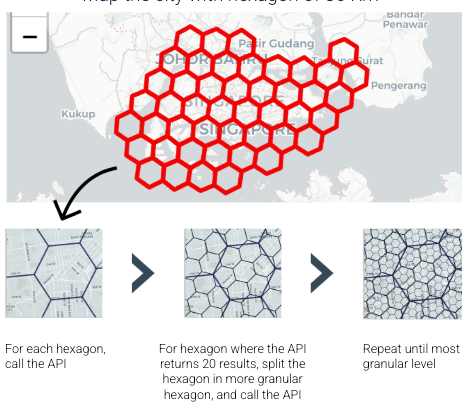
Optimized data extraction from Google Maps API leveraging Uber’s Hexagonal Hierarchical Spatial Index (H3)
2) CRM data enrichment
We reconcile your CRM (or distributor lists) with the extracted universe so that we can fill gaps and add attributes. We first perform a fuzzy match on name, address, and latitude/longitude against step‑one results and then resolve remaining records by using the Google Place ID API to retrieve attributes. Once again, proceeding in two steps allows us to significantly reduce costs associated with the Google Maps data.
3) Scoring model training
Once we assemble this enriched CRM dataset, we train explainable models that predict both likelihood to buy / potential value based on your definition of a “good” outlet based on the point of sales attributes from Google. The models produce lead scores on a 0–100 scale, and they surface key drivers so that teams can understand the rationale.

4) Universe‑wide prediction
We then use this model to score every outlet in the geo‑universe, not only those that already appear in your CRM. This step reveals white‑space opportunities and micro‑clusters that your teams can address immediately, leading to significant improvements in sales conversion.
“A practical application of Data and AI that delivers value fast and can scale without the need for large investment in systems – this is what clients are looking for.” — Michael McGauran, Partner at Artefact
Enriching the picture beyond Google Maps
When a use case requires additional precision, we add richer signals:
- Digital sources such as social media or where available public and commercial APIs to derive popularity cues such as follower counts, posting cadence, and influencer.
- GenAI computer vision to images to analyze Google and Instagram photos to recognize menu items, infer ambiance, perceived premiumness, and the presence of category signage or equipment.
- Random samples of the results through surveys or expert analysis in order to derive statistically sound attributes about the larger dataset and validate the quality of the models.
Turning scores into action
Lead scores are then converted into concrete actions that align with the go‑to‑market model.
- Route and territory optimization: building daily visit plans that maximize expected value while respecting operational constraints. The plans account for representative working hours, visit durations, opening hours, and travel times. The system also supports balanced territories and visit‑cadence rules. We deliver geo‑sequenced itineraries.
- AI agents for pre‑qualification: For certain outlet types, deploy‑on outbound agents—voice or chat—that contact prioritized outlets and validate essential details such as contact names, status and interest. Qualified leads are then passed to the sales rep for further engagement
- Sales automation: for certain segments and outlet types – e.g. a small business that operates a business account on channels such as Zalo or WhatsApp, part or all of the sales cycle may be initiated or even completed through automated or low-touch processes
What clients typically achieve
Each market behaves differently, however clients consistently highlight significant benefits including
- Access to a comprehensive list of relevant points of sale, giving them greater visibility and a deeper understanding of the market, often surpassing that of their distributors.
- Two to three times more qualified leads than through traditional approaches
- A more motivated, engaged sales force that perceives higher success rates and engages in more meaningful and relevant client discussions
How to get started
Getting started in three simple steps: First, map the market by using geo-data sources to build a complete view of potential targets in your target area. Next, score the opportunity by combining this universe with your CRM data to train a model that ranks targets by potential value and likelihood to buy. Finally, activate and learn by deploying the results through optimized routes or automated outreach, tracking conversion, and refining the model before scaling. AI powered leads combined with on-the-ground activation workforce and automated marketing outreach is a powerful model for driving B2B sales at scale, early adopters are well placed to win.
 BLOG
BLOG


